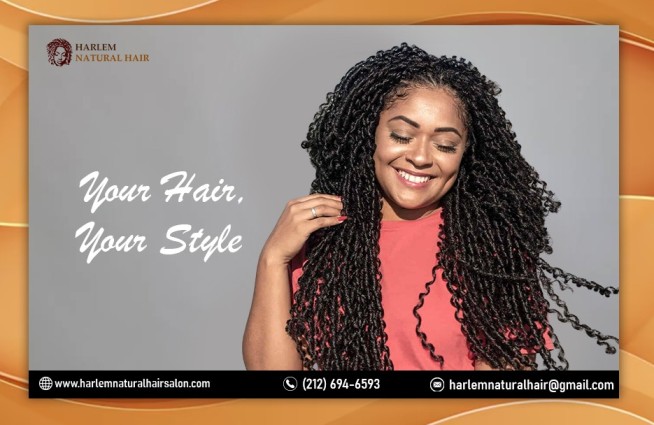Braids are more than a hairstyle—they are history, art, and self-expression woven together. Across centuries, African Hair Braiding Styles have carried cultural meaning, passed from one generation to the next. Today, these braids continue to shine as both protective hairstyles and powerful fashion statements, loved worldwide for their creativity and elegance.
A Cultural Legacy in Every Braid
In many African communities, braiding has always been more than grooming—it was storytelling. Hairstyles could reveal a person’s tribe, age, marital status, or social position. Braiding also served as a bonding experience, where family and friends gathered to share stories while creating intricate styles.
This rich history is why African Hair Braiding Styles are celebrated as symbols of pride and identity, connecting people to their roots while embracing modern beauty trends.
Why Braids Stay Popular
Unlike many hairstyles that fade with trends, braids remain timeless. Here’s why they continue to inspire people worldwide:
-
Protective benefits – Braids shield natural hair from heat, breakage, and daily wear.
-
Low maintenance – Once installed, braids require little styling for weeks.
-
Versatility – They can be long, short, thick, thin, colored, or accessorized.
-
Empowerment – Wearing braids often feels like wearing culture and confidence together.
Iconic African Hair Braiding Styles
Box Braids
These braids are created by dividing hair into square sections. Box braids can be customized in size and length, making them one of the most versatile styles.
Cornrows
Flat braids close to the scalp, cornrows can be styled in simple straight lines or artistic designs. They are practical, stylish, and deeply traditional.
Fulani Braids
Recognized by their central braid and beaded details, Fulani braids combine elegance with cultural significance.
Knotless Braids
A modern favorite, knotless braids reduce scalp tension and look natural while offering all the benefits of traditional box braids.
Senegalese Twists
Made with two strands, these twists are smooth, rope-like, and can be styled in many creative ways.
Lemonade Braids
Side-swept and stylish, lemonade braids became iconic thanks to Beyoncé and remain a bold, fashionable choice.
Tips to Maintain Braided Hairstyles
To keep braids looking fresh while protecting natural hair, a little care goes a long way:
-
Wash your scalp gently with diluted shampoo to prevent buildup.
-
Use oils or sprays to keep your hair and scalp moisturized.
-
Sleep with a satin or silk scarf to reduce frizz and maintain style.
-
Avoid leaving braids in for too long—6 to 8 weeks is usually best.
Proper care ensures African Hair Braiding Styles stay beautiful while keeping your natural hair healthy.
A Global Trend with Deep Roots
Today, braids are more popular than ever. They are seen on runways, in movies, and on celebrities worldwide. Yet, no matter how much they evolve, their cultural essence remains intact. Wearing braids is not just about fashion—it’s about celebrating history, creativity, and resilience.
Final Thoughts
African Hair Braiding Styles represent more than just beauty. They embody heritage, artistry, and self-expression that has lasted through generations. Whether you choose box braids, twists, or cornrows, each style carries tradition while allowing endless creativity.
From the villages of Africa to the global fashion scene, these hairstyles continue to prove that true style is timeless. By choosing African Hair Braiding Styles, you’re not just embracing a look—you’re embracing culture, confidence, and individuality.



